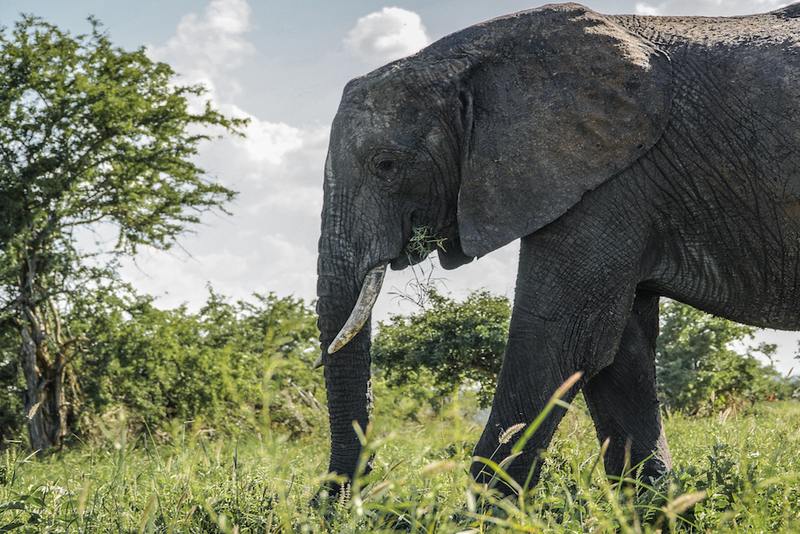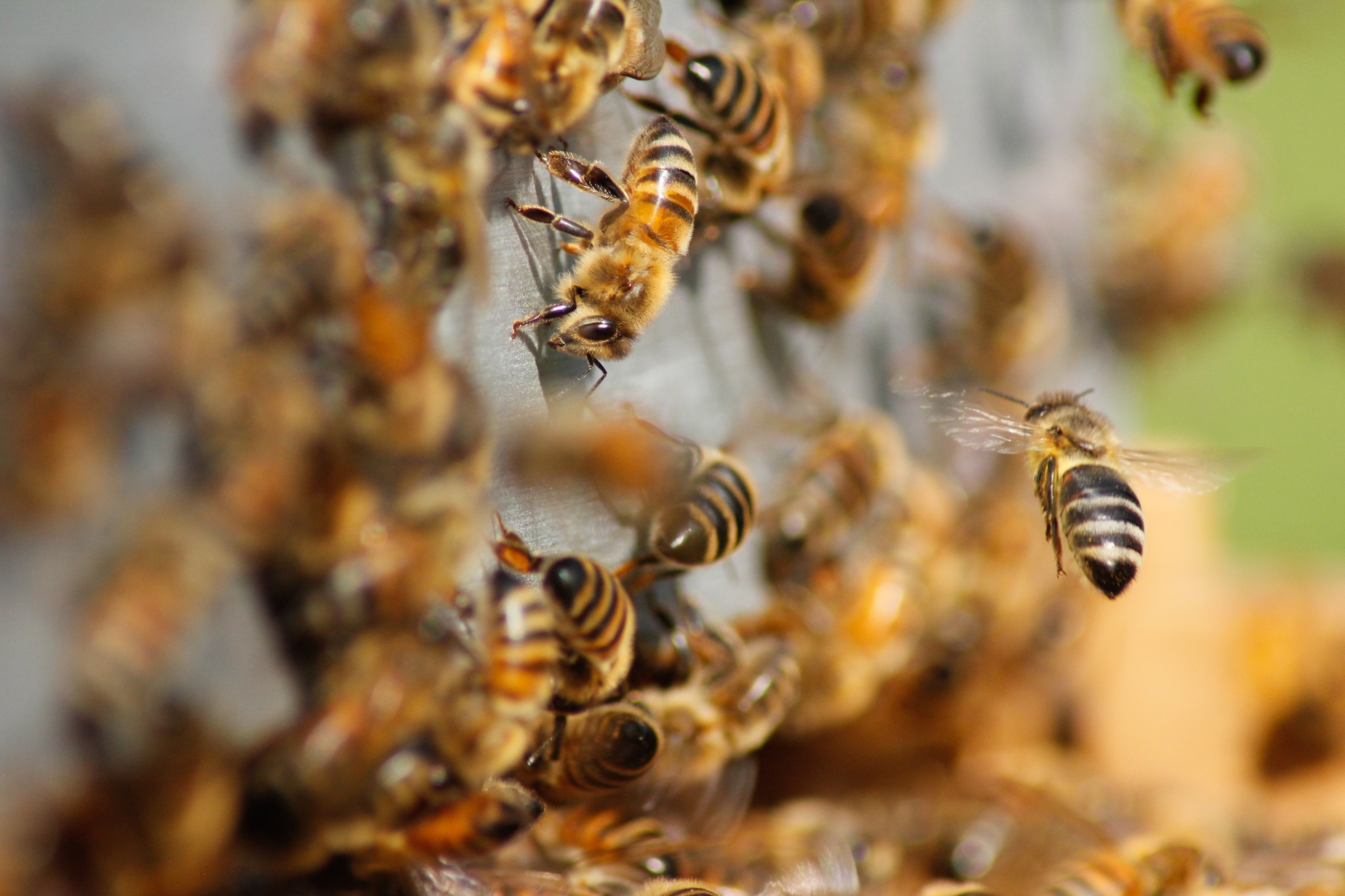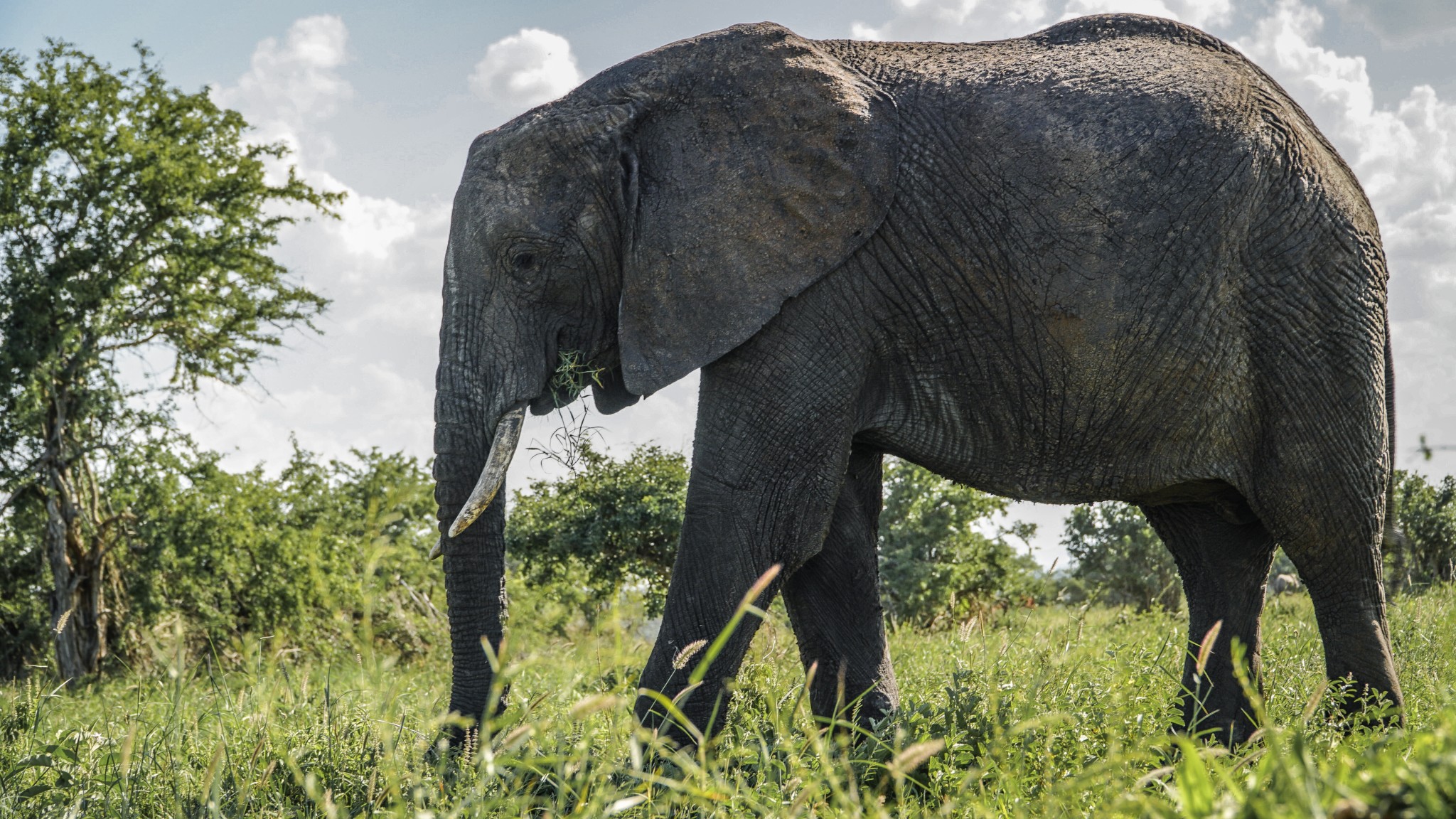
Next week, the Intergovernmental Science-Policy Platform on Biodiversity and Ecosystem Services (IPBES) will launch its Global Assessment Report on Biodiversity and Ecosystem Services – the first global snapshot in more than a decade of the state of the world’s biodiversity and is also the first-ever such report that is intergovernmental. It is a collation of existing evidence: what sets it apart is its aggregation of the science, combined with endorsement by governments.
Read more
Related articles for further reading
From the hot arid deserts of the Sahara, through the lush green rainforests of the Amazon, to ocean depths and luminescent corals, our natural world is a marvel of different landscapes, materials, colors, and textures. The land, air, and seas of our planet are home to the tiniest insects and the largest animals, which make up a rich tapestry of interconnecting and interdependent forces. This is life, this is biodiversity.
The biodiversity found on Earth today consists of many millions of distinct biological species, the product of four billion years of evolution. Yet, and it’s a big yet – we are losing life on Earth at an unprecedented rate. More species are threatened with extinction now than at any other time in human history. Habitat loss, pollution, overfishing, over-exploitation of resources and climate change are all taking their toll.
Next week, the Intergovernmental Science-Policy Platform on Biodiversity and Ecosystem Services (IPBES) will launch its Global Assessment Report on Biodiversity and Ecosystem Services – the first global snapshot in more than a decade of the state of the world’s biodiversity and is also the first-ever such report that is intergovernmental. It is a collation of existing evidence: what sets it apart is its aggregation of the science, combined with endorsement by governments.
The Convention on Biological Diversity (CBD) has requested IPBES to inform its own negotiations on a 2050 Vision for Biodiversity and contribute to assessments of the achievement of the Aichi Biodiversity Targets (existing Global Biodiversity targets).

The report will:
- assess progress towards and look at the connections between the SDGs, Aichi Biodiversity Targets and the Paris Agreement, analyzing the implications of biodiversity loss for achieving these global goals;
- evaluate changes/trends over the past 50 years – and implications for our economies, livelihoods, food security and quality of life;
- rank the relative drivers of change – sea and land use change, invasive species, climate change, pollution, etc.;
- explore pathways to reach the global goals and options that lead to a sustainable future, including policy, technology, governance, and behavior changes.

Climate change and biodiversity
Climate change is already affecting nature in many parts of the world. Rising temperatures affect plants and animals directly, and climate impacts such as changes in rainfall patterns and ocean currents also disrupt the natural world. Ocean acidification is a growing threat to marine life. Both climate variability and climate change cause biodiversity loss. Species and populations may be lost permanently if they are not provided with enough time and space to adapt to changing climatic conditions.
However, research also shows that with changes in global land-use practices over the next decade, nature could provide more than a third of the emissions reductions we need between now and 2030 to keep global temperature rise below 2 degrees Celsius.
These are solutions that are available today, with real possibilities for deploying on a global scale. Alongside the urgent need to decarbonize our energy systems, the way we farm, use our soils, protect coastal ecosystems and treat our forests could be the biggest single game changer we have to date for both biodiversity and the climate.
The upcoming report is being viewed by journalists as the next big piece of evidence after what was called the ‘IPCC 1.5 Special Report’ citing that drastic action must be taken by big business and governments to reverse a downward spiral.